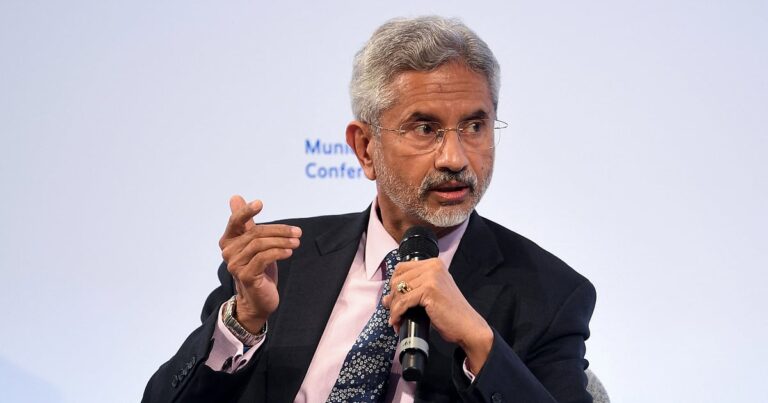
January 20, 2025
- General credit conditions tightened somewhat between September and November 2024, as general market liquidity deteriorated.
- Demand for financing secured by all types of guarantees has increased
- Market making activities increased in 2024 due to the greater propensity of institutions to take risks and are expected to continue to increase in 2025.
General credit conditions tightened somewhat between September and November 2024. The tightening of general credit conditions – reflected in both price and non-price conditions – was in line with expectations for such a tightening expressed in the survey of September 2024. Respondents attributed the above-mentioned tightening of pricing and non-pricing conditions primarily to a deterioration in overall market liquidity. A net small percentage of respondents expect a further overall tightening of conditions for all types of counterparties over the next three months (i.e. between December 2024 and February 2025) (Chart 1).
Regarding central counterparties (CCPs), survey respondents indicated that changes in CCP practices, including margin requirements and haircuts, had contributed to a slight tightening of price and non-price conditions . They reported an increase in allocated resources and attention to managing concentrated credit exposures during the reporting period. The use of financial leverage by hedge funds and the additional availability of unused leverage increased during the period. Respondents reported an increase in both the intensity of efforts to negotiate more favorable terms for all counterparties and the offering of differentiated terms for more favored clients. A net small percentage of respondents reported a slight increase in the volume, duration and persistence of valuation disputes across all counterparty types.
Chart 1
Expected and realized quarterly changes to overall credit terms and price/non-price terms offered to counterparties for all transaction types.
(Q4 2023 to Q1 2025; net percentages of survey respondents)
Source: ECB. Note: Net percentages are calculated as the difference between the percentage of respondents reporting “somewhat tightened” or “considerably tightened” and the percentage reporting “somewhat eased” or “considerably relaxed.”
Regarding the financing conditions of financing secured by the different types of guarantees, respondents reported an increase in the maximum amount of financing guaranteed by stocks, national and other government bonds and covered bonds. They also reported an overall increase in the maximum maturity of financing secured by government bonds, corporate bonds, convertible securities and equities. A significant net percentage of survey respondents indicated that financing rates/spreads had increased for financing secured by all collateral types. Respondents also reported increased demand for financing across all types of collateral. In addition, they reported a slight deterioration in the liquidity and functioning of collateral markets. Finally, respondents reported a slight increase in the volume, duration, and persistence of valuation disputes for almost all collateral types.
Regarding credit conditions for different types of non-centrally cleared OTC derivatives, initial margin requirements have increased for all derivative types except commodity derivatives and yield swaps total, for which they remained unchanged. Respondents reported an increase in the maximum exposure amount in the case of foreign exchange and equity derivatives as well as credit derivatives referring to governments and corporates. A few respondents reported a deterioration in liquidity and trading conditions for interest rate and equity derivatives as well as for credit derivatives referring to corporate and structured credit products. Respondents indicated that the duration and persistence of valuation disputes had increased for all types of derivatives.
Finally, regarding the special questions on market making activities included in each fourth quarter survey cycle since December 2013, respondents to the December 2024 survey indicated that their market making activities during of the past year had generally increased. Over the past year, market making activities have increased for debt securities and derivatives. Overall market-making activities, including debt securities and derivatives, are expected to increase significantly in 2025 (Chart 2).
Chart 2
Annual changes made and expected in market making activities
(2021 to 2025; net percentages of survey respondents)
Source: ECB. Note: Net percentage is defined as the difference between the percentage of respondents reporting “has decreased significantly” or “has decreased somewhat” and those reporting “has increased somewhat” and “has increased significantly.”
Survey participants cited institutions’ willingness to take risks as the main driver behind the increase in market-making activities over the past year.. This willingness to take risks, the growing importance of electronic trading platforms and the profitability of market making activities are the main factors behind the expected increase in market making activities in the coming year .
Respondents expressed confidence in their ability to act as market makers during times of stress for all types of debt securities and derivatives.. The willingness to take risks remains the main reason for banks’ confidence in their ability to act as market makers in times of stress.
The SESFOD survey is conducted four times a year and covers changes in credit conditions over three-month reference periods ending in February, May, August and November. The December 2024 survey collected qualitative information on developments between September 2024 and November 2024. The results are based on responses received from a panel of 27 major banks, including 14 euro area banks and 13 banks with their head office outside the eurozone.
For media inquiries, please contact Ettore Fanciullitel.: +49 172 2570849.




